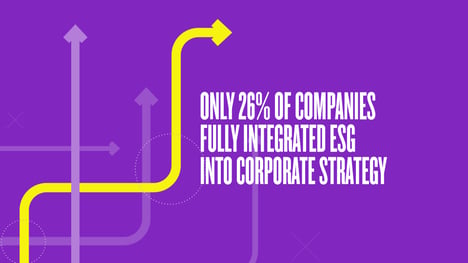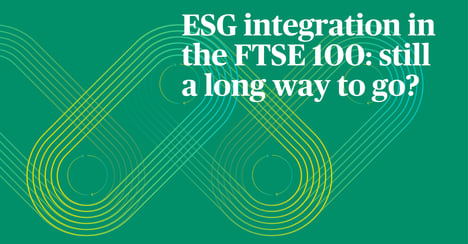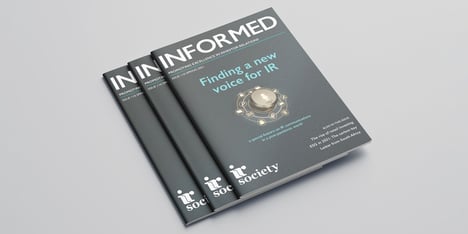This was the overarching sentiment in the recently published report on ‘Video in corporate reporting’ from the Financial Reporting Council’s Financial Reporting Lab (FRC Lab), which looks at how a sample of the FTSE 350 are currently using video for communication to investors and stakeholders.
The report identifies four main types of video:
News-focused
Videos that tie to a specific event such as year-end results, an acquisition or a new strategy.
Insight-focused
Videos that provide insight into a specific aspect of a company’s business, relationships or operations.
Aspirational
Videos that look forward to a state that the company would like to achieve.
Narrative-focused
Videos that tell a story about the company, such as its history or its work on sustainability issues.
Key takeaways:
- 86% of the 50 FTSE 350 sample use video to some degree. 100% of the FTSE 100 companies sample use video compared to 72% of the FTSE 250.
- News and insight-focused are the most common types of video used; aspirational is the least used.
- Surprisingly – especially in the light of the COVID-19 pandemic – the number of AGM videos or audio recordings is low.
- To encourage video views, make sure to embed the video in the corporate website and share across social media and other channels. Videos that received the highest number of views were often relevant to multiple stakeholders, such as employees, investors and customers. Another successful approach was to use or reference content that was about the company but produced by others.
- Aspirational videos can be a more effective medium than the annual report or sustainability report to communicate longer-term goals and visions, as video has a longer shelf life and is a more effective way to communicate the internal commitment to the company’s agreed aspirations. And yet, aspirational videos were found to be used by only 44% of FTSE 100 and 36% of FTSE 250.
- Only about 50% of companies in the FRC Lab’s sample use narrative-focused video, even though many companies already have the potential for this type of video content – and it is an excellent medium for section 172 communications.
- Three areas which are likely to influence the future of video-based reporting are: a longer-term regulatory outlook (refer to the FRC’s Future of Corporate Reporting Project for more information on this); UK digital reporting; and virtual and augmented reality.
Read the full FRC Lab report and its best-practice guidelines for each of the four video types here.
The Luminous view
At Luminous we partner with a number of UK and international businesses to bring their messages to life through the power of the moving image: from Pension Insurance Corporation’s 2019 results and the animation we produced for Severn Trent’s Capital Markets Day to communicate its ESG story, to Biffa’s video on its purpose and Octapharma’s award-winning patient stories. In light of the pandemic and the impact this has had on the corporate world and face-to-face communication, we can only see the role of video increasing as the go-to medium to help to companies communicate, inspire and touch emotions.
Earlier this year, we published our fifth edition of our thought-leadership publication Reporting Matters on the theme of ‘Unleashing your corporate story through technology’. Featuring a number of opinion pieces and interviews with our own team, as well as the FRC Lab, PwC and Workplace from Facebook, the topics covered resonate with the FRC Lab’s recently published reports on video and the future of corporate reporting.
If you would like to discuss how Luminous can help you seize the video opportunity, please get in touch.




